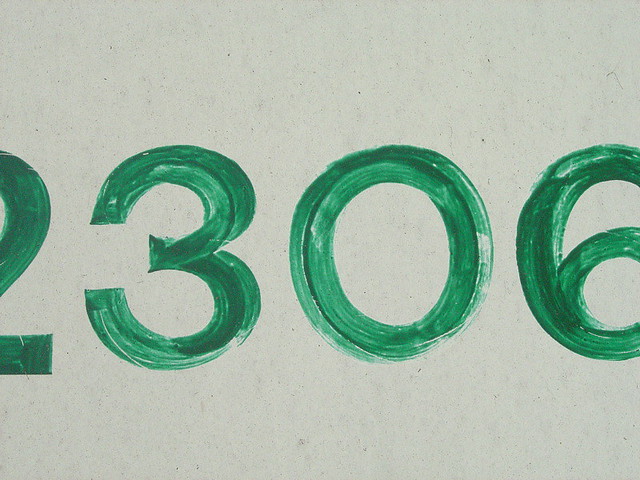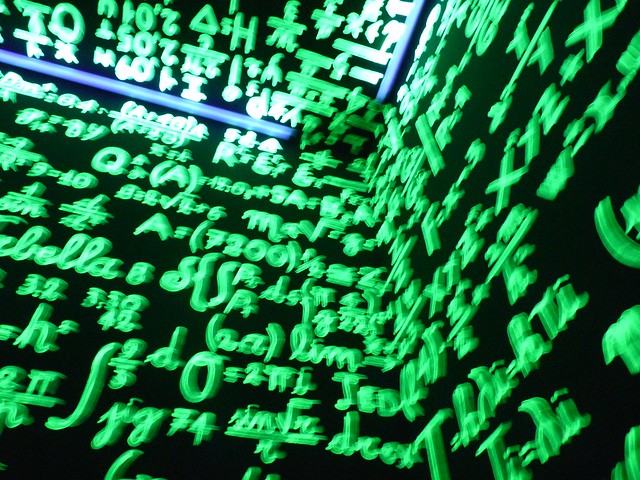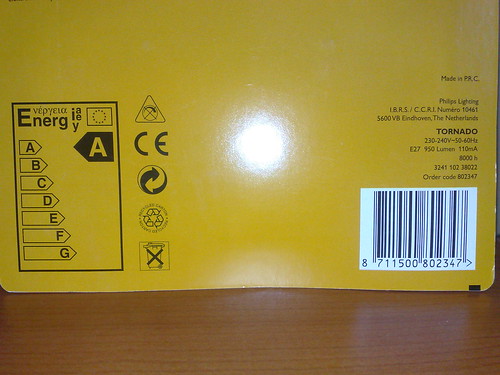
And here is a round-up of this week’s Green numbers…
-
19th Century Economist Reveals Surefire Investment Strategy!
Intel just finished the ?best year in [its] history,? and expects 2011 to be even better. This news suggests a few important questions: for how much longer are we going to keep buying more and more more powerful microchips? Will 2012 be still better for Intel and other hardware suppliers? 2020? 2050? How much can the demand for computation keep expanding?
I first started asking myself these questions after I drew graphs (using US BEA data) of changes over time in computer cost and aggregate US corporate computer spending. They reveal a deeply weird pattern: as computers get cheaper, companies spend more and more on them. See for yourself…
-
In Spain, the three wise men no longer bring coal
On January 6, it is traditional that Spanish children receive gifts from the three wise men, a day far more anticipated than the arrival of Santa Claus. The most feared gift used to be coal, a sign that the children had behaved badly over the past year. Coal is also a bad sign for the environment, because it?s the largest source of CO2 to the atmosphere and a major driver of global warming. But happily in Spain, things are changing.
In the morning of the three wise men, while children all over Spain opened their gifts and thousands of new electronic gadgets were plugged into the grid, none of the nation?s electricity was coming from coal. Over the whole day, three-quarters of Spain?s electricity was met from renewable sources while coal barely reached 4% of …
-
New Materials Could Double Chevy Volt Battery Capacity
Since its release last December the Chevy Volt has proven to be extremely popular ? it?s been crowned the 2011 Green Car of the Year, the North American Car of the Year and its sales eclipsed those of the Nissan Leaf. However it is set to become even more appealing as GE announced it is working on a new generation of batteries with double the energy-storage capacity. GM?s licensed battery-electrode materials developed at Argonne National Laboratory (a U.S. Department of Energy lab) use mixed-metal oxides that not only increase storage capacity, but improve the safety and durability of car batteries…
-
Black market steals half a million pollution permits
Nearly half a million pollution permits were stolen from a Czech carbon bank this week. The event put the spotlight on an emerging black market for the right to pollute the planet, and shut down much of the European carbon trading scheme
The stolen permits would allow a company to pollute the atmosphere with almost half a million tonnes of carbon. Known as European Union Allowances (EUAs), they are distributed by the EU as part of its carbon trading scheme, set up to help the bloc of nations meet its Kyoto protocol targets.
Major companies can emit only …
-
Commission approves record amount of state aid for the deployment of broadband networks in 2010
In keeping with the ambitious digital agenda goals set in the EU 2020, the European Commission has approved, under the EU guidelines for state aid to broadband, the use of over ?1.8 billion public funds for broadband development to support economic recovery, inclusive growth and the long term competitiveness of the EU. The public funds are aimed to ensure that all citizens have access to high speed Internet access in the European Union, including in rural or remote areas.
Commission Vice-President in charge of competition policy Joaqu?n Almunia commented: “Smart investments into high and very high speed broadband infrastructures are crucial to create jobs, increase economic performance and to unlock the competitive potential of the EU in the long term. The Commission is committed to help EU…
-
DOE Awards $967M Loan Guarantee for Arizona Solar PV Project
The Department of Energy is handing out more loan guarantees for solar projects. This morning the DOE said that it has offered a $967 million loan guarantee for the Agua Caliente Solar project, a 290 MW photovoltaic facility that will be built in Yuma County, Arizona, and which NRG Energy said it planned to buy from First Solar last month.
The Agua Caliente project will use panels from First Solar, is set for completion in 2014 and is supposed to create 400 construction jobs. Northern California utility PG&E plans to buy the electricity from the project. NRG plans to invest up to $800 million in equity in the project, and the deal between First Solar and NRG requires…
-
Worst Traffic Congestion In The U.S.: Chicago Ranked Most Congested
Despite high fuel prices and a tough economy, traffic congestion is getting worse. Chicago drivers spent more time and money in 2009 traffic jams than most cities in the U.S., according to the 2010 Urban Mobility Report released Thursday.
Chicago and Northwest Indiana drivers wasted an additional 70 hours in traffic and an average of $1,738 in gas costs, according to the report published by the Texas Transportation Institute at Texas A&M University.
Not that it’s anything to brag about, but Chicago tied with the Washington, D.C. for the time drivers spent behind the wheel. Chicago’s additional 70 hours of …
-
10 Creative Ways to Recycle Ordinary Objects
Creatively artistic recycling doesn?t have to be limited to helping the environment: it can also be a challenge and opportunity to ingenious designers who work with materials most people would consider waste to create amazing things. Some of the following designs serve multiple purposes: illustrating the material possibilities of what most would consider trash while also maximizing the aesthetic potential of what would otherwise be considered waste objects. Clothes become rugs, airline trolleys become furniture, cardboard becomes bridges and sewage turns into …
You should follow me on Twitter here
Photo credit house of bamboo


